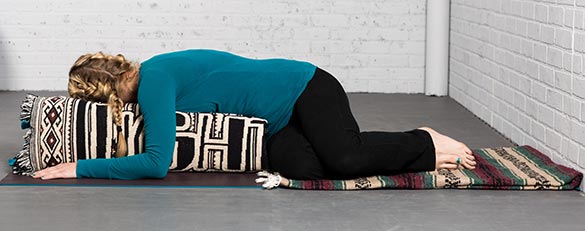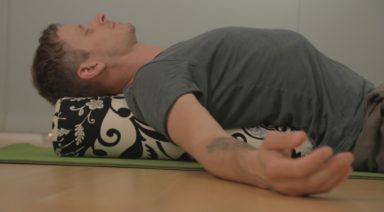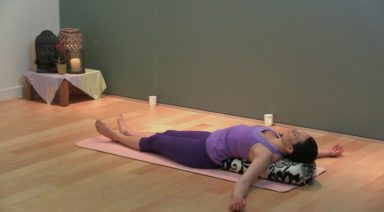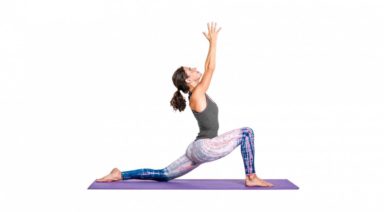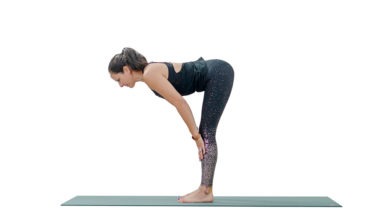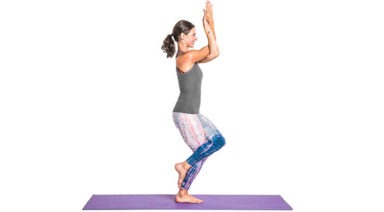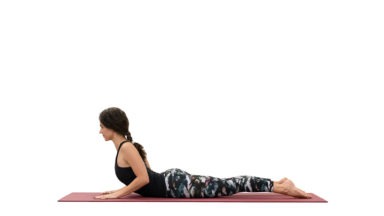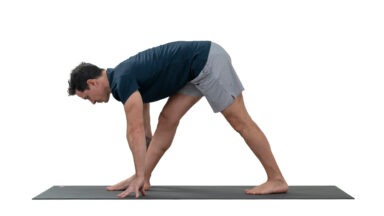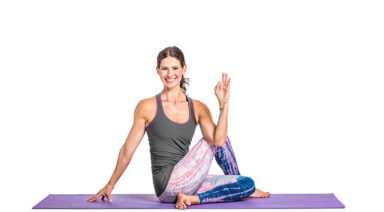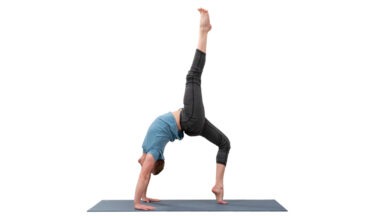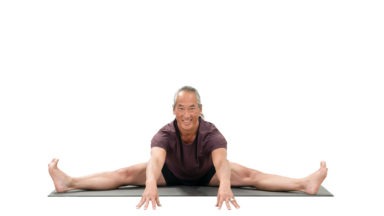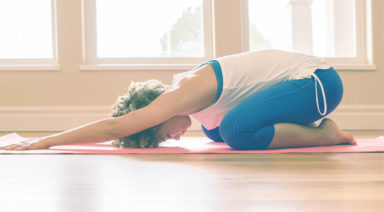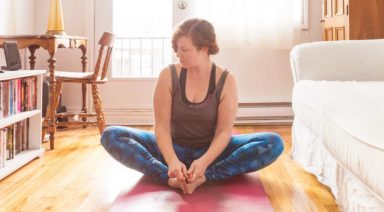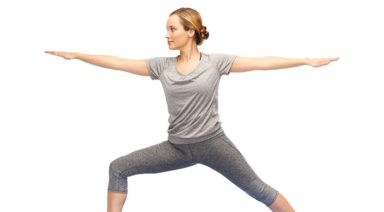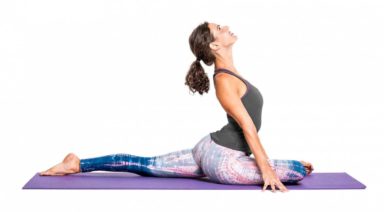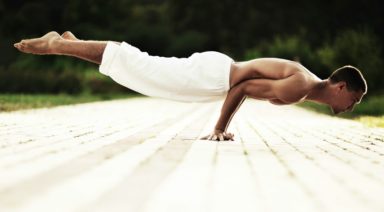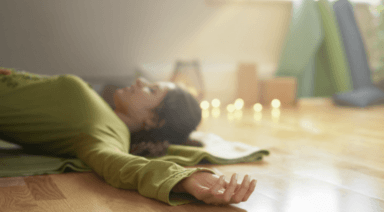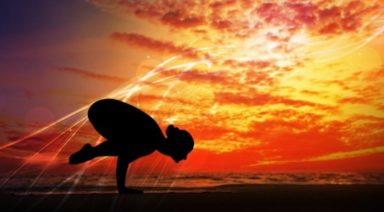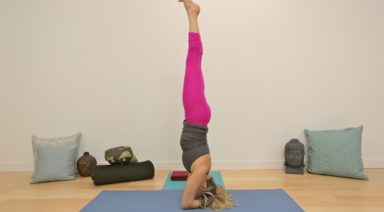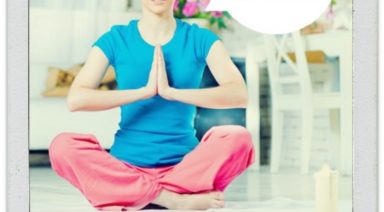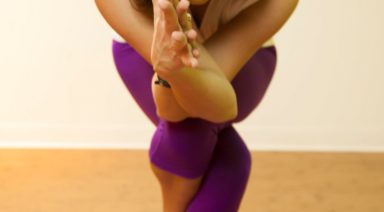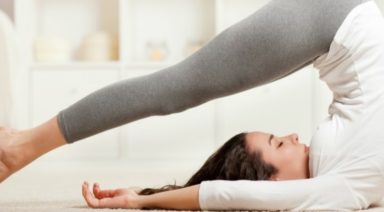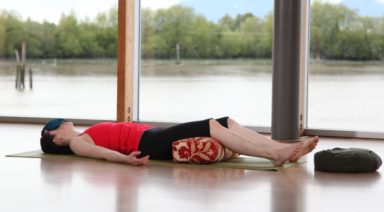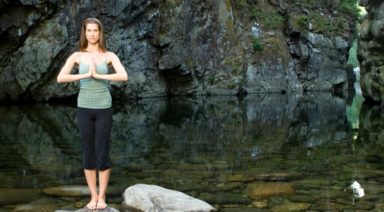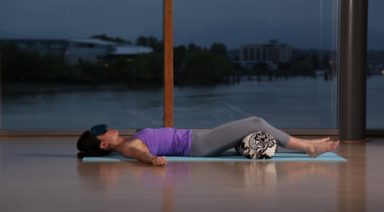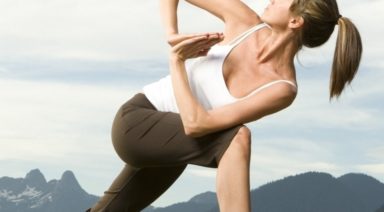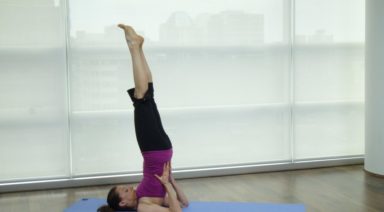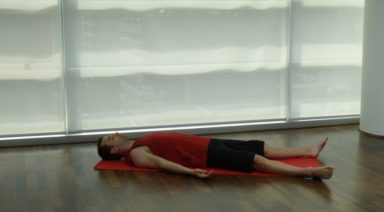Yoga for Injury and Trauma
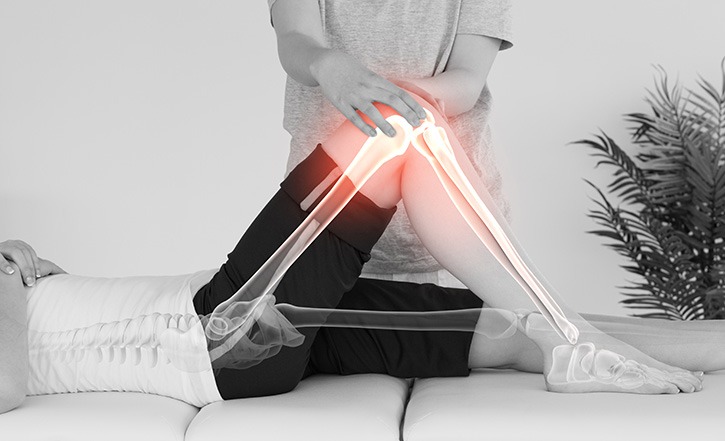
After a traumatic event you need to be discerning to determine when to get moving and grooving again. If you are healing from medical issues, it may be appropriate to ask your physician. When your body and spirit are ready for active healing, your intuition will sense that it’s time to get moving. Listen to your inner voice of wisdom!
Therapeutic Yoga Practices to Get You Moving Again
1. Sun Salutations
Sun salutations bring the energetic quality of the sun into your body. Warmth, growth, energy, lightness, upliftedness.
2. Moon Salutations
Moon salutations bring the cooling, divine feminine, dark-side and circular energy. A complement to sun salutations, done as a flow that circles from the first to last pose in a mandala or a round fluid flow. Go as quickly or slowly as your body wants you to.
3. Meditate on Comfort
This practice is a powerful agent to shift perception. Use this meditation to change focus from pain to pleasure. Appropriate for people dealing with chronic or acute physical pain, or a sudden trauma.
4. Yoga Nidra
Yoga Nidra is a deep relaxation that translates to “Yoga sleep,” meant to align the subconscious and conscious mind, allowing practitioners to behave more like their authentic self. By deeply relaxing and accessing the heart’s truest desire, yogis can then walk in alignment with their heart in thought, word, and deed.
5. Savasansa
Regardless of where you are on a personal healing journey, you need rest. That is why you should practice savasana. Savasana may be used to relax, let go and surrender. There are many ways you can do savasana. Try out a few approaches to find what works best for you. You can simply lay flat on the floor on your back, palms up, legs relaxed. You may cover yourself in blankets, or place a heavy blanket folded over the hips and belly, for a more secure feeling. You may choose to prop your legs with bolsters, or legs up the wall, or on a chair.
6. Child’s Pose (on a Bolster)
This pose will melt away stress; lengthen the spine safely for almost anybody, even if you have disc injuries. As with all forward folds, this pose is calming on a physiological level.
In this pose, your spread knees apart on a yoga blanket. The bolster, which is a supportive pillow, holds up the head and chest, keeping the back level, rendering it safe for most disc injuries. The warm herb pillow makes your spine happy as you breathe and relax.
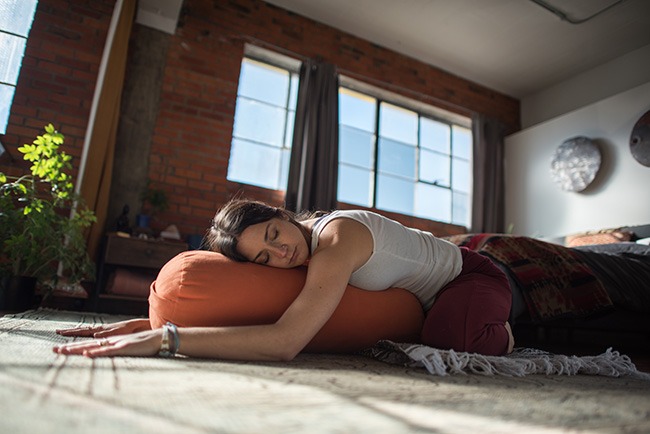
7. Prone Spinal Twist with Bolster
This posture is safe for almost anyone. It combats the discomfort of sitting too much. It loosens up the hips and oblique muscles and opens the chest. It allows practitioners to slow down, which is where much of the magic happens.
In this posture, use a bolster lengthwise on the mat. Lay the chest onto the bolster and allow the hips to be on the mat below. Ensure that both knees and the face are looking in the same direction. Add a folded yoga blanket between the legs to protect the knees and ankles. Aim to take about 10-30 breaths, slowly letting the chest turn more and more toward the bolster. Drift deeply into relaxation before repeating on the second side. Make sure to transition from one side to the other gently and to remain in the pose on the second side for just as long as the first side.
8. Downward Dog on the Wall
 Source: Suzanne Wright Yoga
Source: Suzanne Wright Yoga
This pose is safe for people with (most) shoulder injuries, pregnant bodies (although most pregnant bodies CAN do a typical downward dog) and for people who can not do weight bearing with the shoulders, to access the therapeutic benefits of spinal lengthening, blood circulation, and the alignment associated with downward dog.
This pose looks like the letter L turned upside down. Hinge your body at a 90° angle at the hips, arms extended. Place your palms and spreading fingers on the wall at shoulder width distance, your wrists and hips at hip height. You know your feet are far enough from the wall when they are flat on the floor facing the wall and, your hands flush with the wall, arms and spine extended. Be sure to bend your knees slightly and draw your tailbone backwards to lengthen the spine and protect the hamstrings.
How Yoga Can Help You Recover from Adrenal Fatigue

“Adrenal Fatigue” is a term that pops up more and more frequently these days. Do any of these symptoms sound familiar to you?
- You feel tired for no reason.
- You are overwhelmed by moderate tasks and more impatient and irritable than usual.
- You have trouble getting up in the morning.
- You feel rundown.
- You frequently get sick and have trouble recovering.
- You crave salty snacks.
- You feel more awake after 6pm.
- You gain weight around the abdomen.
- You suffer from PMS.
If this is the story of your life, you might have a fatigued adrenal system most likely caused by stress.
The adrenals are glands just above your kidneys and their function is to regulate hormones. One part (cortex) secretes hormones vital to life called corticosteroids. There are two corticosteroids: cortisol and aldosterone. Cortisol is responsible for responding to stress and is also involved in carbohydrate, fat and protein metabolism. Aldosterone is responsible for the regulation of the salt/water balance in the body.
The other part (adrenal medulla) secretes non-essential hormones like adrenaline and noradrenaline. These hormones are involved in a response called the “fight or flight” mechanism and help the body deal with stressful situations.
Now, usually these glands are meant to deal with short bursts of stress so they can recover quickly. For example, way back when we were hunted down by wild animals, adrenaline and noradrenaline would kick in to get us away from the dangerous animal and a life-threatening situation. This would usually take a few minutes followed by some recovery time in a safe shelter. However, the body cannot distinguish between the stress of fearing for our life from back then and the stress we encounter in our lives today. Unfortunately, stress these days is more constant and taxing on our adrenals because there is no natural outlet (e.g. running away to put the hormones to use). Most of the time we encounter stress that we can not run away from such as a bad work situation, financial problems, family or health problems. Our adrenals constantly secrete hormones because they think we are in life-threatening situations. These hormones have other functions though, like regulating metabolism and keeping your weight in check, regulating blood pressure so you won’t feel dizzy, and secreting and regulating other hormones that influence PMS. Unfortunately, once the adrenals are fatigued and depleted, they can no longer fulfill these functions and we start feeling tired, rundown and get sick. They simply cannot keep up the supply that is demanded.
In order to restore the adrenals, we need to actively deal with stress. Yoga is a great solution in many ways. Not only is the physical aspect of yoga helpful to cycle out all the excess hormones but the mental aspect is beneficial as well. Meditation and slow movements are great ways to slow down the heart rate and shift the body from the sympathetic “fight or flight” mode to the parasympathetic “rest and digest” mode. To calm the body and mind, restorative yoga poses can work wonders. Check out My Yoga’s library for restorative yoga practices.

